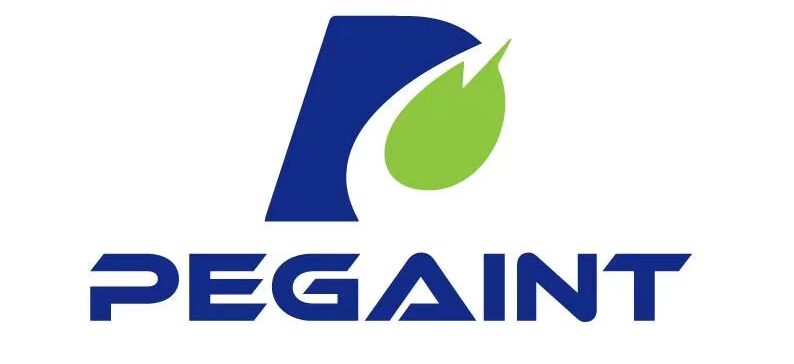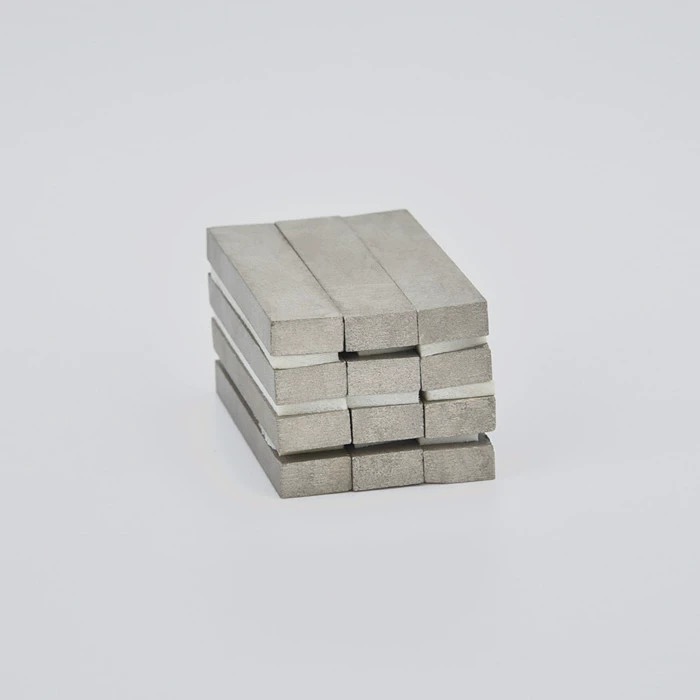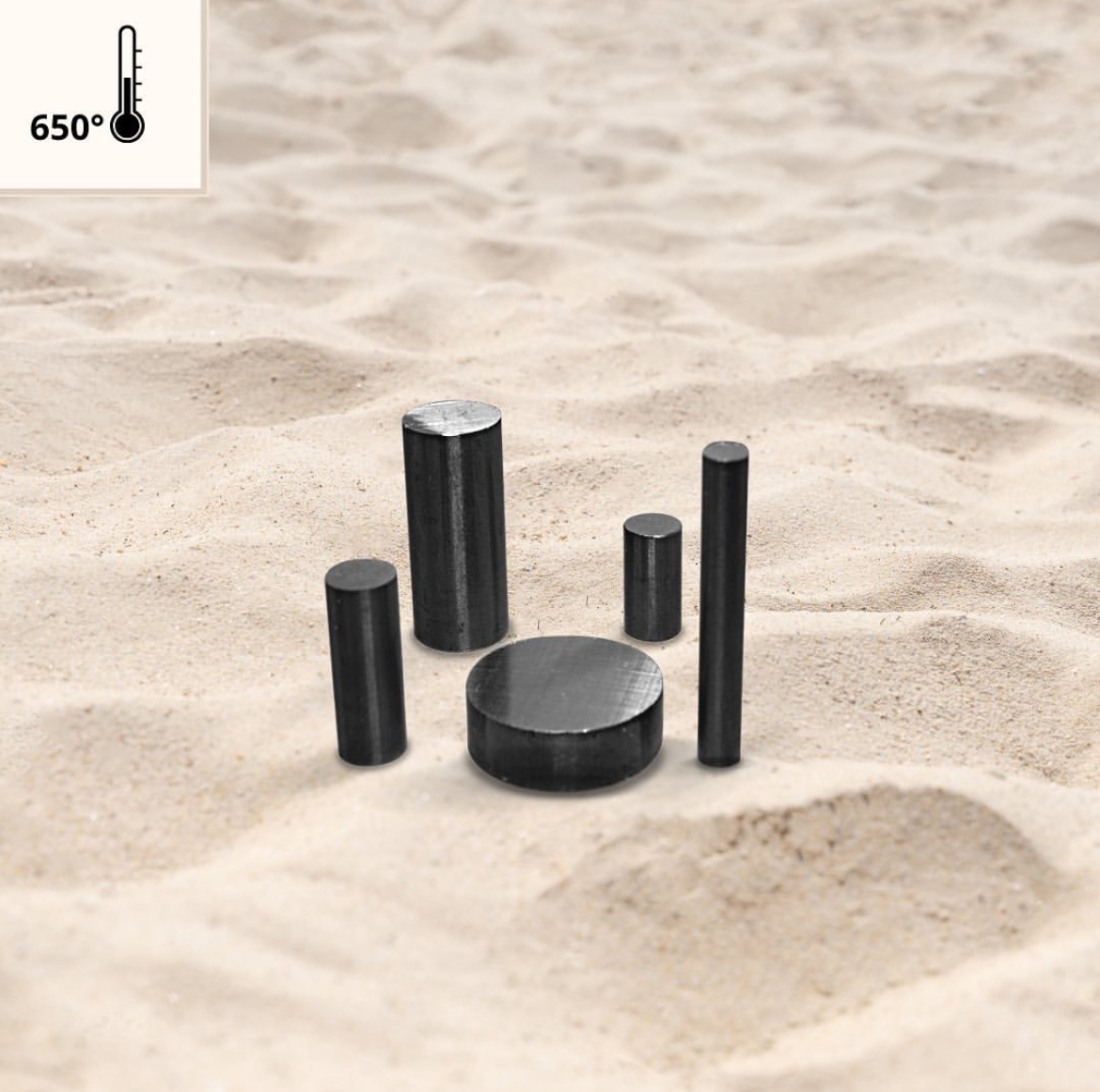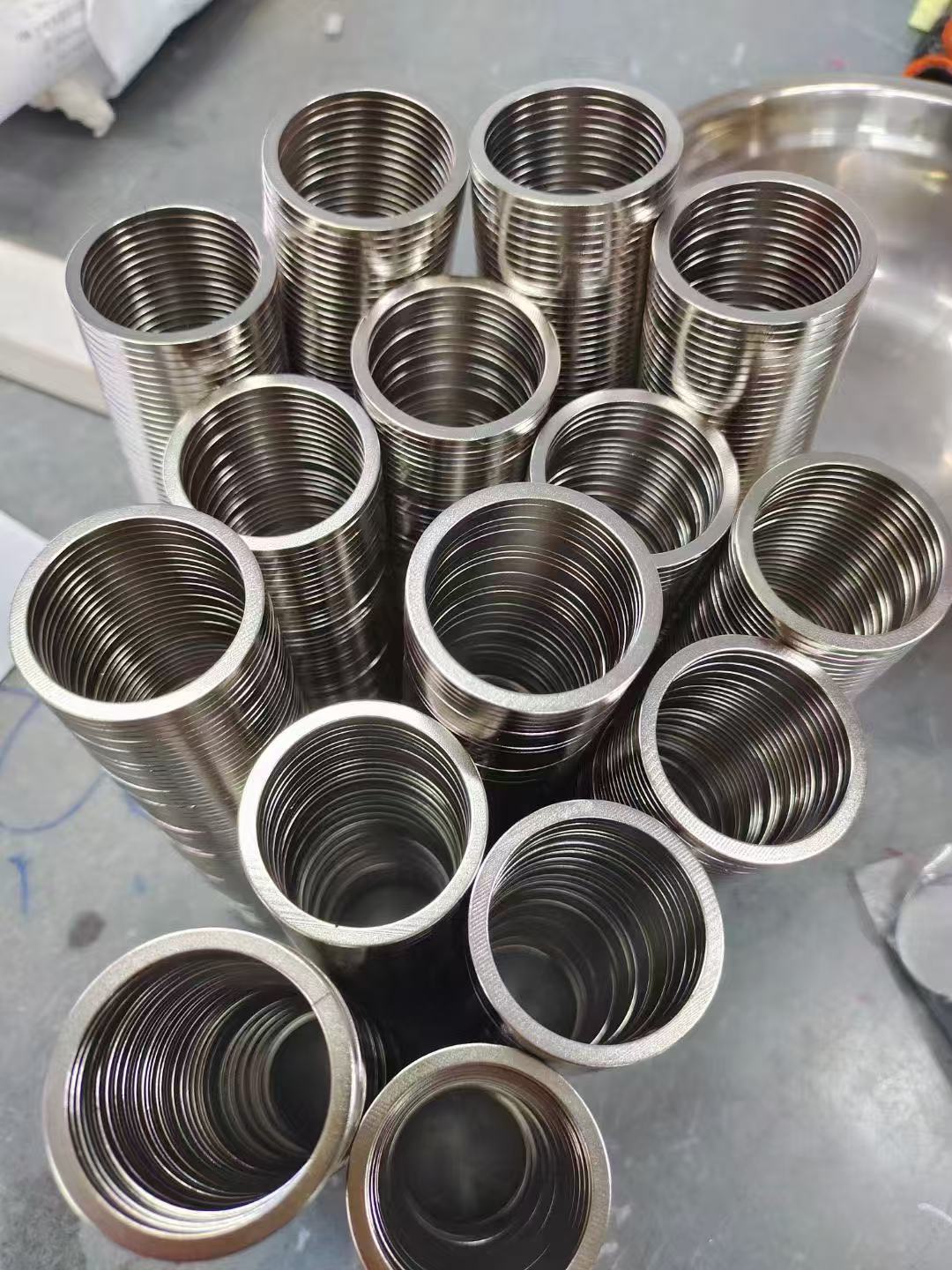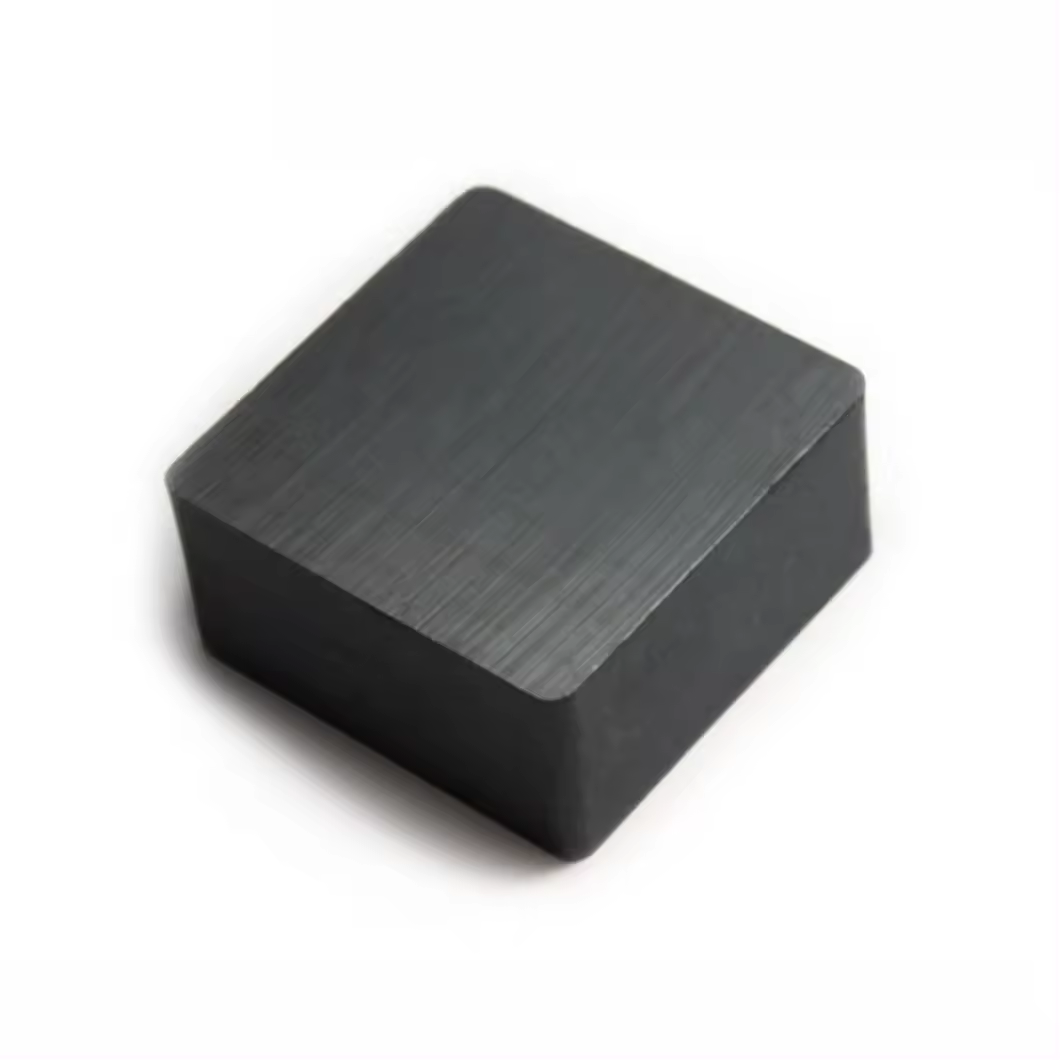- Zhongtangstad, Dongguan-stad, Guangdong, China
- [email protected]
- +8619065048753
Platen Magneet Permanent Blok
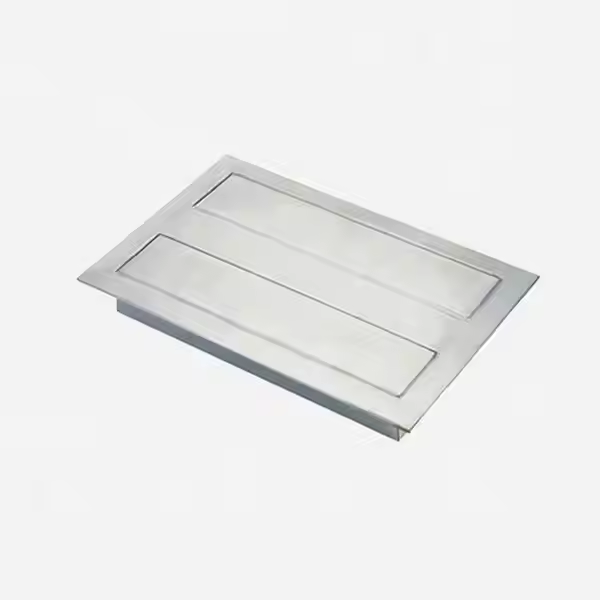
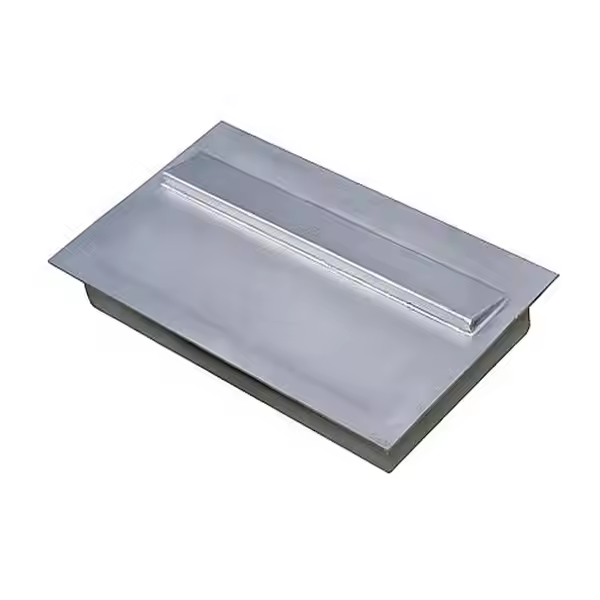
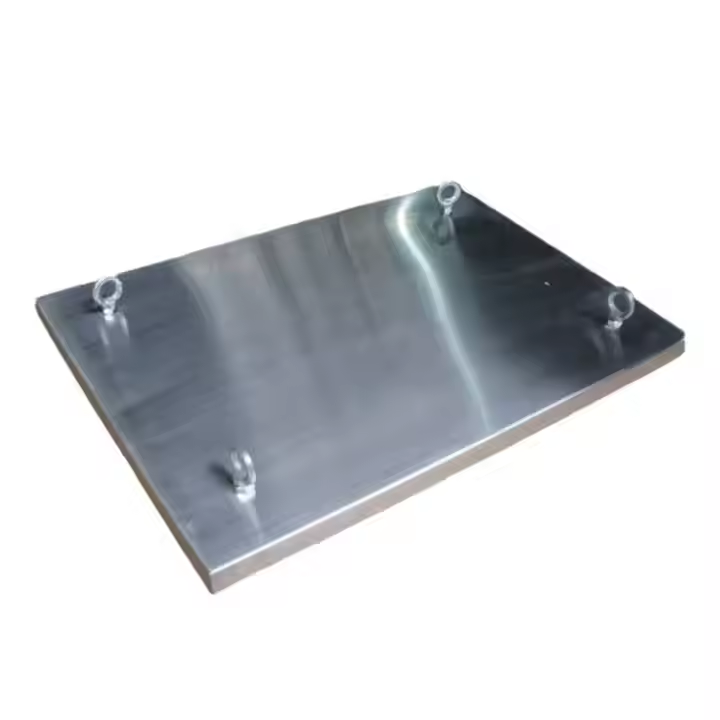
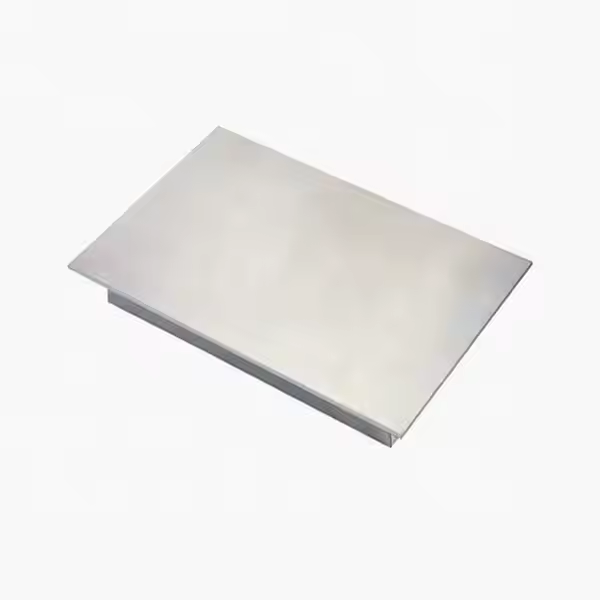
Application scenarios of Plates magnet:
1. Electronics industry
• Material: high-performance NdFeB (N52 grade).
• Coating: nickel plating or epoxy resin.
• Temperature requirement: below 100°C.
2. Medical equipment
• Material: anti-magnetic attenuation samarium cobalt (SmCo).
• Coating: Parylene or uncoated (high purity requirement).
• Special design: precise tolerance and low demagnetization rate.
3. Industrial motor
• Material: high temperature resistant AlNiCo or high-performance NdFeB.
• Temperature requirement: above 200°C.
Technical parameters of Plates magnet
Customized magnets need to consider the following important parameters:
1. Magnetic performance parameters
• Remanence (Br): The maximum magnetic field strength after the magnet is fully magnetized, in Gauss (Gs) or Tesla (T).
• Coercive force (Hc): The reverse magnetic field strength required to remove magnetism.
• Magnetic energy product (BHmax): The ability of a magnet to store energy, in MGOe or kJ/m³.
2. Dimensions and tolerances
• Length, width, height (such as 40×20×10 mm), the tolerance is usually ±0.05 mm to ±0.1 mm.
3. Temperature performance
• Operating temperature range: For example, NdFeB is generally 80°C~200°C, and AlNiCo can reach more than 500°C.
• Temperature coefficient: The stability of magnetic properties with temperature changes.
Plates magnet customization process:
1:Demand communication
• Customers provide application scenarios (such as electronic equipment, medical equipment, motors, etc.) and specify the use environment (such as temperature range, humidity, corrosiveness, etc.).
• Determine the shape (rectangular, square, special-shaped, etc.), size, magnetic requirements, coating, etc. of the magnet.
2:Material selection for plates magnet
• Select appropriate magnetic materials according to magnetic properties and use environment:
• Neodymium iron boron (NdFeB): high-strength magnetism, suitable for miniaturized equipment.
• Aluminum nickel cobalt (AlNiCo): excellent high temperature resistance.
• Ferrite: low cost, good corrosion resistance.
Design and confirmation
• Design engineering drawings, including magnet size, tolerance requirements and polarity distribution.
• Confirm whether other additional functions are required, such as drilling, chamfering and other processing.
1:Plates magnet manufacturing
• Sintering or bonding: materials such as NdFeB need to be sintered, while bonded magnets are manufactured using a bonding process.
• Processing: Processed into a specified shape using processes such as cutting, wire cutting or grinding.
• Coating: Add coatings (such as nickel plating, zinc, epoxy resin, etc.) according to customer requirements to enhance corrosion resistance.
Wij leveren goedgekeurde neodymium-zeldzame-aardemagneten in verschillende vormen, maten, premiumkwaliteiten (van N30 tot N52) en oppervlaktebehandelingen. Onze uitgebreide inventaris van NdFeB-magneten omvat schijven, blokken, strips, ringen, staven en meer. Niet al onze magneten worden op deze website weergegeven. Als u de magneet die u nodig heeft niet kunt vinden, neem dan vandaag nog contact met ons op en onze medewerkers zullen ervoor zorgen dat u de beste magneet voor uw toepassing vindt.
Abonneer nu
Mis onze toekomstige updates niet! Schrijf je vandaag nog in!
©2024. Dongguan Pegaint magneet CO.,LTD Alle rechten voorbehouden.
